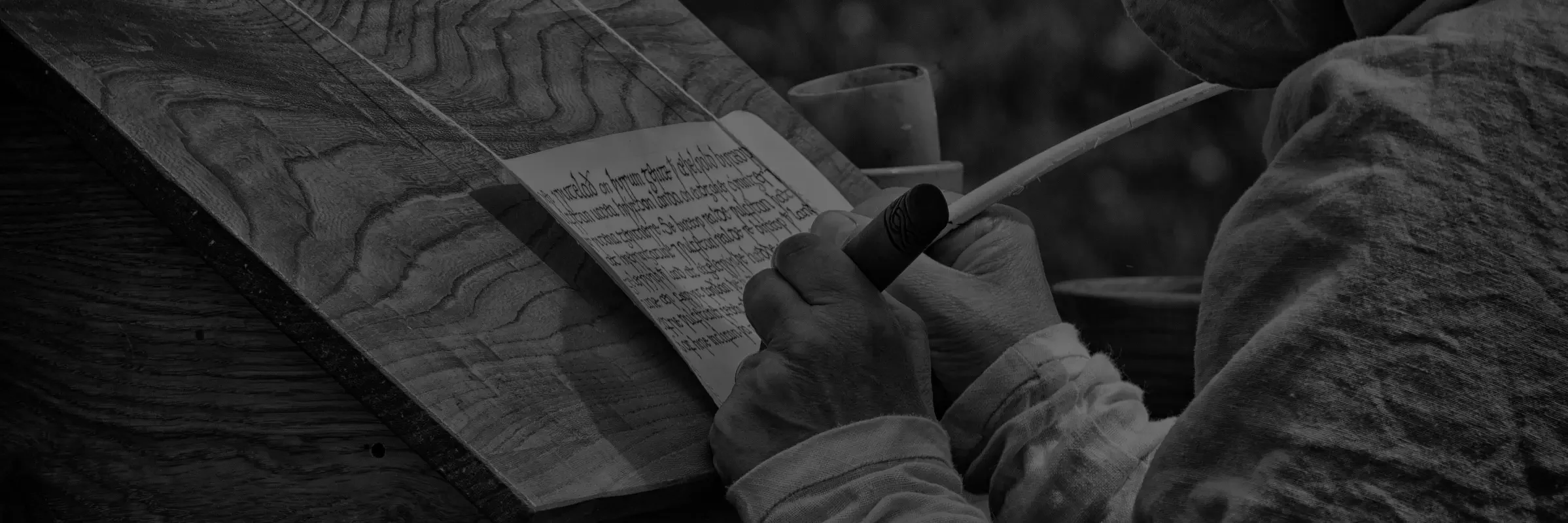Wirral's Hidden History Revealed
Gods of the Vikings
The gods worshipped by the pagan peoples of Scandinavia consisted of a full pantheon of supernatural deities. I will refer to these gods as those of the Vikings, rather than referring to them as belonging to the Norse, Danes or Rus.
Egil Skallagrimsson
Egil Skallagrimsson was as Icelandic Viking who fought for the Anglo-Saxons at the battle of Brunanburh in 937 AD.
He appears to have had an adventurous life, but his life story, recorded by a relative, namely one Snorri Sturluson, over 200 years after the event’s of Egil’s lifetime, is embellished and as is typical with many of the Viking saga’s needs to be taken with the proverbial pinch of salt
Cwichelme’s Hlaew
After the battle of Maldon in 991, an English defeat, the Anglo Saxon chronicles recorded an arrogant English boast that if invading Vikings ever reached ‘ Cwichelme’s Hlaew’ , now Cuckhamsley Hill on the Berkshire downs, that they would never, ever make it home again.
Constantine Mac Aeda King of Alba
Constantine the second of Alba (early Scotland) was one of the Northern British Kings that fought against Athelstan at the battle of Brunanburh in 937 AD.
Burhs
The Burh (pronounced as Borx by the Anglo Saxons) system was designed and initiated to combat marauding Viking war bands and armies.
Berserkers
Amongst many of the sagas, including that of the Norse Kings, a class of warriors are exalted and feared above all others. These were the Berserkers (Bersirkir in old Norse). Sometimes they were also referred to as ‘wolfskins’ (Ulfhednar).
Battle of Largs
On the 2nd of October 1263, on the banks of the firth of Clyde in what is now North Ayrshire, the last Norse Viking army to invade mainland Britain was defeated by the Scots. The age of the Vikings was over!
The Viking’s last battle on British soil.
Battle of Ethandun
The battle of Ethandun or Eddington was fought in the year of 878 AD, between the 6th and 12th of May. I have referred to it as Alfred’s the Great’s last stand because defeat would have led to the last bastion of Anglo Saxon rule, the Kingdom of Wessex, being destroyed and would have left the whole of what is now England under the control of the Vikings.
Athlestan
Athelstan was the grandson of Alfred the Great and the son of Edward the Elder. His aunt was Aethelflaed, Lady of Mercia.
Anglo Saxon Tribes
Three groups of Germanic tribes people settled in Britain in the immediate years after the Roman army departed from the Island.
The Anglii or Angles hailed from Friesland and what is now the German Baltic coast.
The Jutes came from Jutland in what is now Denmark.
The Saxons came from what is now the eastern Netherlands and northern Germany.
Anglo Saxon Riddles
Anglo Saxons loved riddles. Many have survived in a 10th century book called the Codex Exoniensis (Exeter Book)
Anglo Saxon Navy
Then King Alfred ordered that warships be built to meet the Danish ships. They were nearly twice as long as the others; some had sixty oars; some more, and they were both swifter and steadier and had more freeboard than the others. They were built neither after the Frisian design nor after the Danish, but as it seemed to him that they could be most serviceable.
Anglo Saxon Military Tactics
Like all armies, the fighting techniques and military organisation evolve and adapt over time and through lessons learnt. The Roman army of Julius Caesar would not have been recognisable to Roman armies of the 2nd or 5th centuries. Nothing with regards to the military is constant and they constantly develop and adapt to whatever the current or likely threats may be.
Anglo Saxon Cavalry
Despite assumptions made by many historians that the Anglo Saxons did not use cavalry the evidence suggests that they did.
Compared to the studies of the militaries of the ancient world, where cavalry were used by the Greeks, Persians, Romans and the steppe peoples, like the Sarmatians, little is known about Anglo Saxon battle tactics, let alone, about their use of cavalry.
Anglo Saxon and Viking Warfare
Despite popular myth, the Vikings were not invincible. From the time of Alfred the Great’s victory at Ashdownin 871 the Anglo- Saxons had realised that unity and the implementation of the ‘Burgh’ or Burghal Hidage system would enable them to counter and usually defeat Viking armies.

